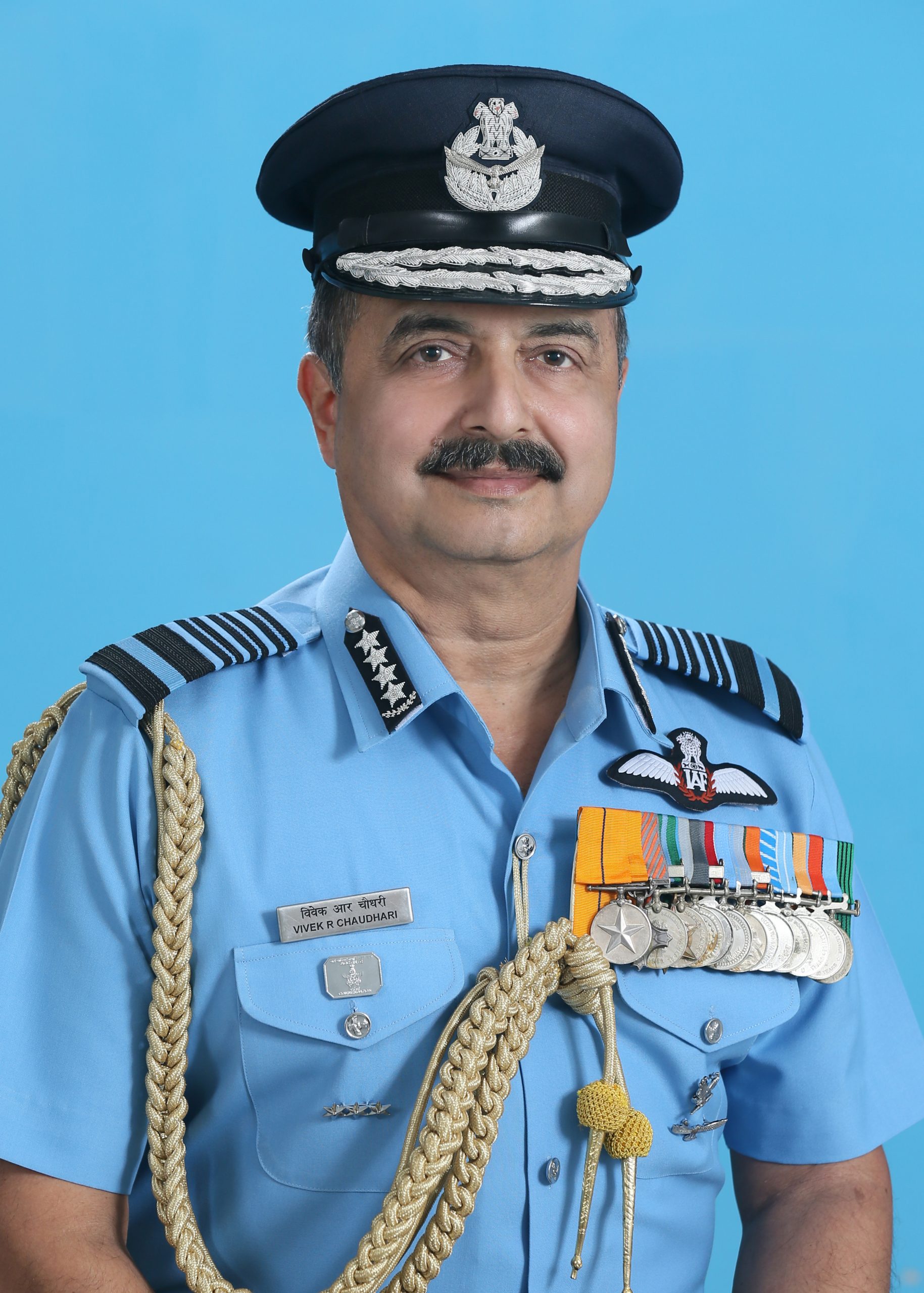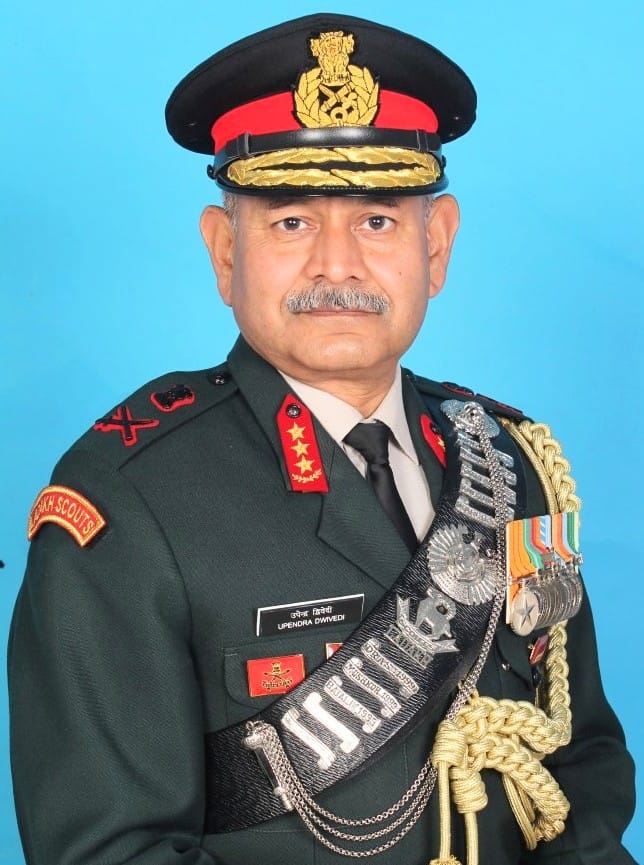
Pakistan, which is struggling with the coronavirus disease like the rest of the world, has doubled the number of terrorists waiting to infiltrate into Kashmir from its 14 operational launch pads, a senior government official told Hindustan Times.
“Our information is that there are about 450 terrorists affiliated to different Pakistan -backed terrorist groups at these launch pads,” the official said. Pakistan has reported nearly 12,700 Covid-19 cases and 268 deaths.
The new estimate, powered by new intelligence inputs received by national security planners in Delhi, indicates that Pakistan has doubled the presence of terrorists at the launch pads in just about a week or so.
As reported by Hindustan Times on April 9, intelligence agencies had put the number of terrorists at the launch pads at about 230. “The situation has changed vastly over the last 2-3 weeks,” the official cited above said.
According to information available with national security planners, the 450 terrorists include 244 from the Lashkar-e-Taiba, 129 from the Jaish-e-Mohammed and 60 from the Hizbul Mujahideen. Smaller groups such as the Al Badr make up for the rest.
Most of these terrorists were minted recently from the many camps that are being run in Pakistan, mostly in its occupied territories.
Available intelligence inputs with security agencies indicate that out of 16 terror camps, 11 are functioning in Pakistan-occupied Kashmir (PoK), two in Punjab, Pakistan and three in Khyber-Pakhtunkhwa (KPK) region.
Opinion | Pak’s troubled economy is hurting more than Imran Khan wants to believe
Three other camps are dedicated to train Lashkar-e-Taiba (LeT) and one for training Hizbul Mujahideen (HM) group. In the KPK region, the Hizbul Mujahideen runs two camps and the Jaish-e-Mohammed (JeM) runs one. The LeT and JeM share one camp each in Punjab province of Pakistan.
Officials said Pakistan’s Inter Services Intelligence had gone to great lengths through the year to raise the presence of terrorists in Kashmir. This is the first summer after India scrapped Article 370 in August last year and there have been attempts to incite street protests, and violence, ever since.
The terror reinforcements at the launch pads, an intelligence official said, were designed to beef up the strength of terrorists in Kashmir depleted due to some recent setbacks. It is estimated that there are about 240 terrorists in Kashmir including about 100 foreigners. Every 6 of 10 foreign terrorists are affiliated to the Lashkar-e-Taiba; the other four are linked to the Jaish.
As things stand, officials said, Pakistan’s ISI has only operationalised 14 of the 86 launching pads or detachments along the Line of Control in Srinagar sector, Rajouri-Poonch sector and in Jammu sector across the international border.
In the Srinagar sector, 10 out of 51 pads are used by terrorists belonging to LeT, JeM, HM, Al-Badr and other sundry groups. In Rajouri-Poonch sector, three out of 13 pads across the LoC are occupied while one out of four pads are occupied by terrorists in Jammu sector largely belonging to LeT, JeM and HM terror groups.
“Pakistan Army has no option but to continue with jihad in Kashmir else the public will start focusing on the poor domestic situation on the economic and Covid-19 response front and start questioning the leadership,” said a senior Indian general.
Even though Rawalpindi GHQ plans to underplay its role by projecting local participation through the newly-formed Resistance Front and Tehreek-e-Millat-e-Islamia (TMI), Pakistani terrorists are being infiltrated to ensure that things don’t go south in the Valley and international attention .
Besides, a sustained effort is on by the Imran Khan government to raise the Kashmir issue at multilateral fora including filing a petition through an NGO in the International Criminal Court at Hague apart from moving the United Nations Security Council.
Also read | ISKP commander who was its bridge with Pak’s ISI, Lashkar arrested













































































